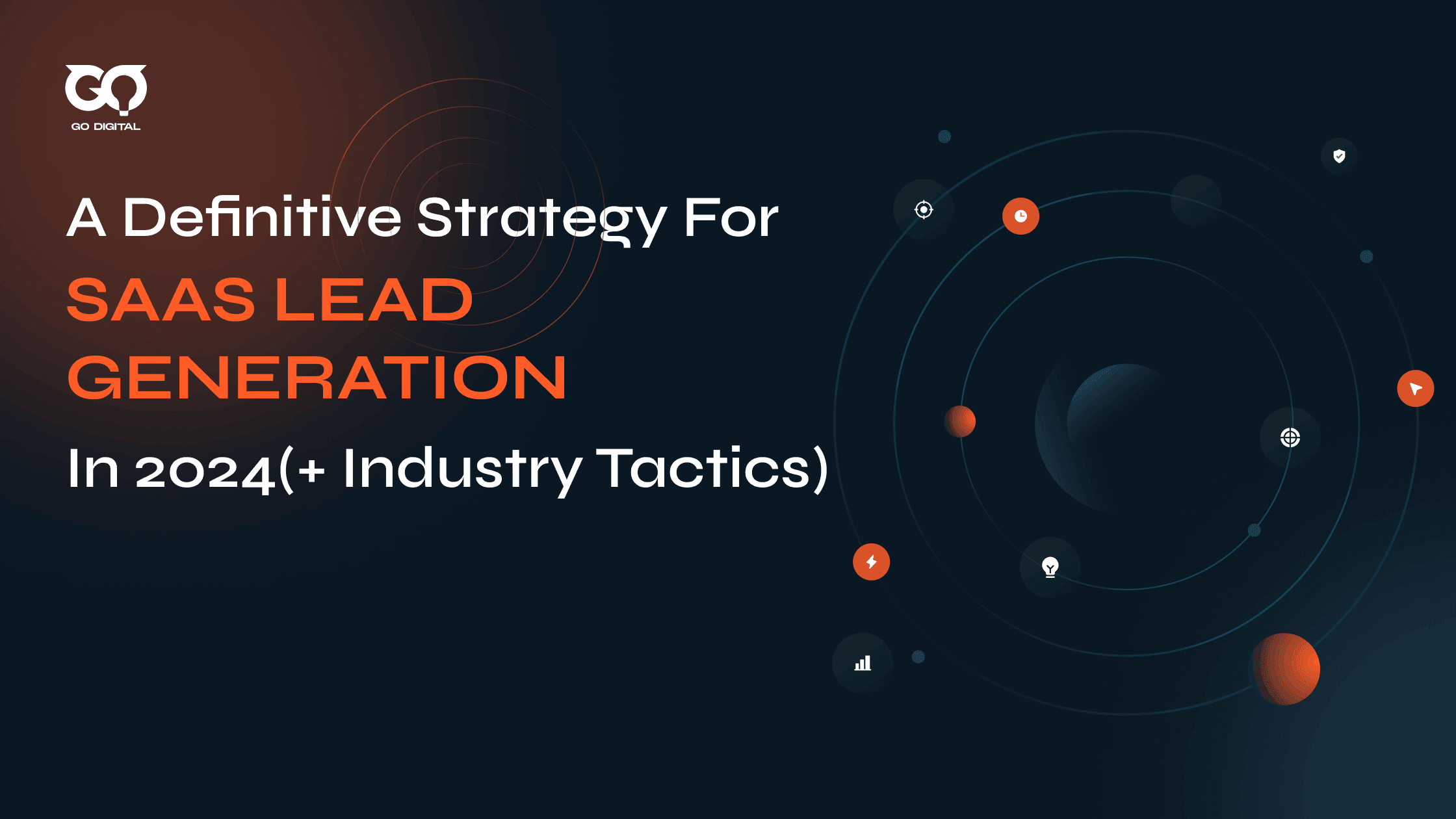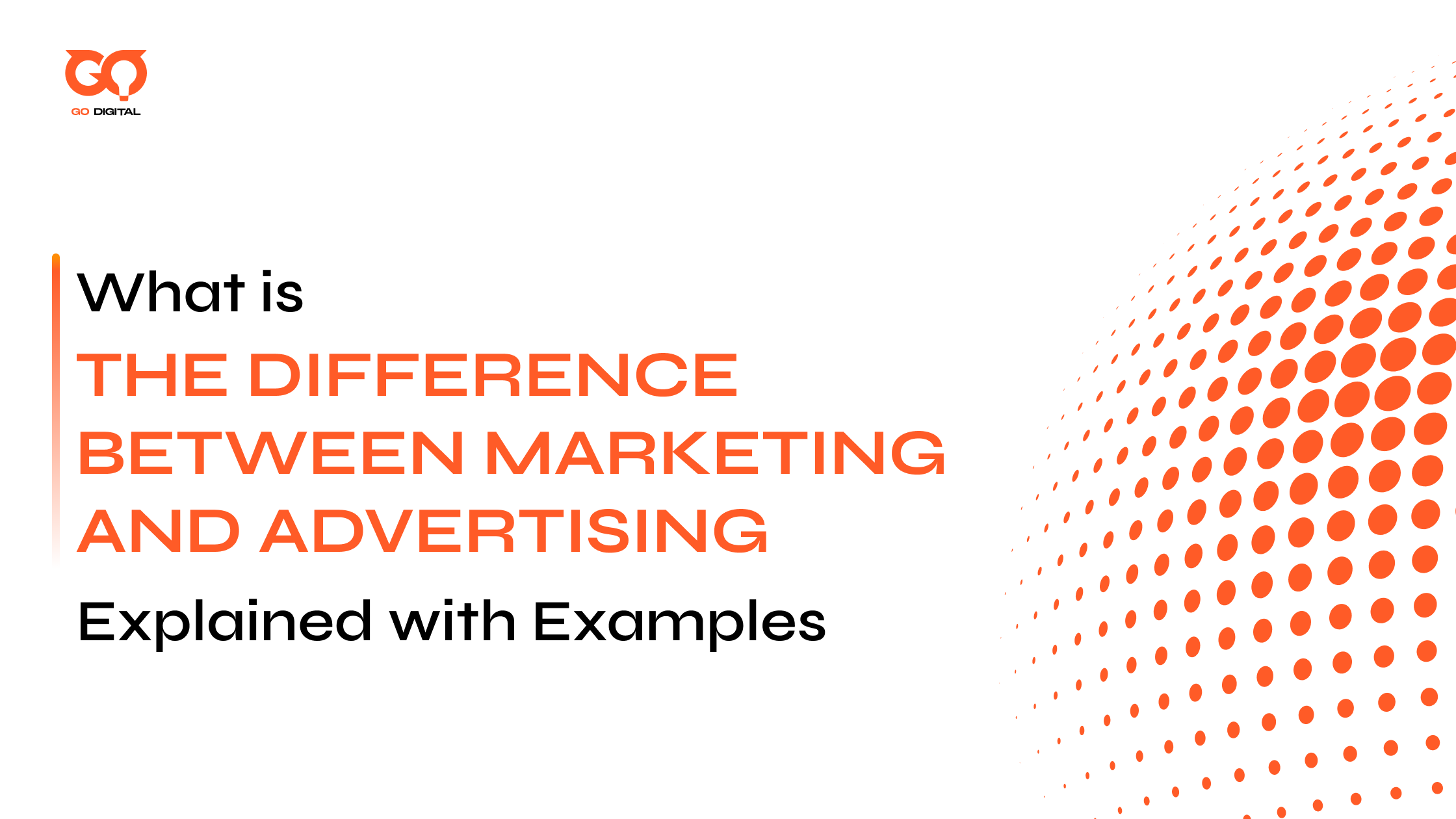Acquiring new leads and converting them into loyal customers is the cornerstone of growing your SaaS business. In this article, we’ll explore what SaaS lead generation is and look into expert tactics widely adopted by industry leaders to drive success.
Let’s jump in!
What Is A Lead?
A lead is a potential customer who has shown interest in your product or service. This interest is often indicated by actions like signing up for a newsletter, downloading an ebook, or engaging with your content.

Leads are the lifeblood of any business, especially for SaaS companies where customer acquisition is crucial for growth. Understanding what constitutes a lead is the first step in developing a robust lead generation strategy.
Leads are segmented into three types, including: Information qualified leads (IQLs), Marketing qualified leads (MQLs), and Sales qualified leads (SQLs).
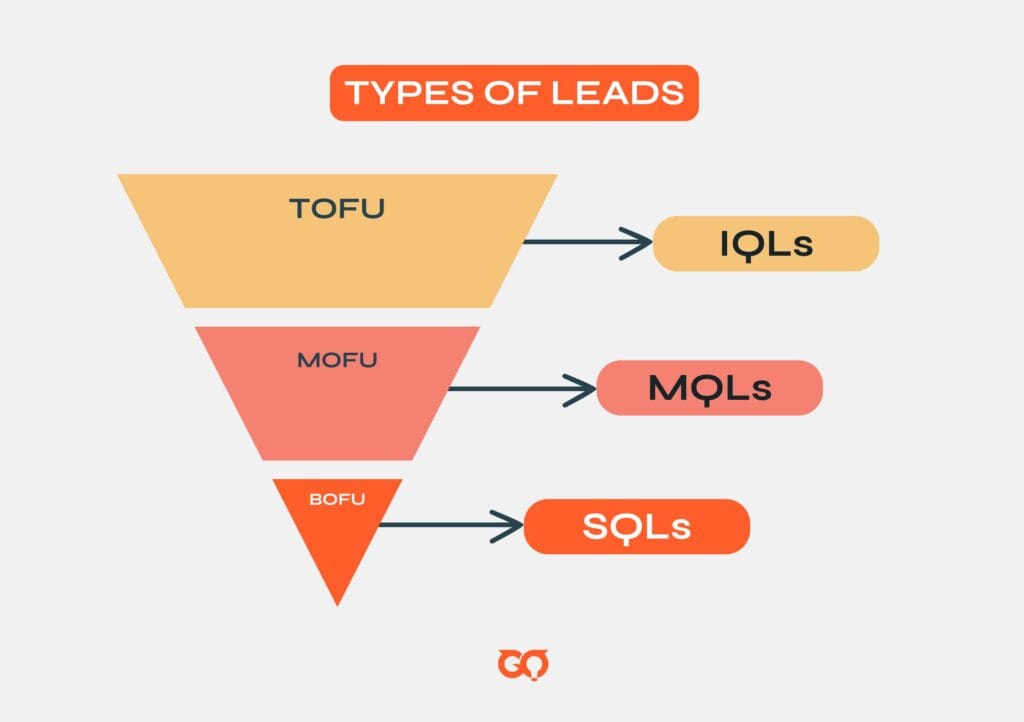
1. Information Qualified Leads (IQLs)
Information Qualified Leads are individuals who are at the top of the funnel. They are aware of your product, might have engaged with your content, but are not yet ready to make a purchase.
Behavior: These leads are looking for information that can help them solve a problem or meet a need. They might download a whitepaper, read a blog post, or attend a webinar.
Action: Nurturing IQLs involves providing them with valuable information and guiding them through the buyer’s journey.
2. Marketing Qualified Leads (MQLs)
Marketing Qualified Leads have shown a deeper level of interest in your product or service. They have engaged with your marketing efforts to a greater extent and are more likely to become customers.
Behavior: MQLs might fill out a contact form, sign up for a newsletter, or request a product demo. At this stage, they are more informed about their needs and how your product can help.
Action: Converting MQLs requires targeted marketing efforts that address their specific pain points.
3. Sales Qualified Leads (SQLs)
Sales Qualified Leads are at the bottom of the funnel and are ready to make a purchase. These leads have been vetted by both the marketing and sales teams and are considered highly likely to convert.
Behavior: SQLs have a clear intent to buy, such as requesting a pricing quote or scheduling a meeting with a sales representative.
Action: Closing SQLs involves personalized sales pitches and demonstrating the value of your product in meeting their needs.
What Is SaaS Lead Generation?
SaaS Lead Generation is the process of attracting and converting prospects into leads specifically for SaaS businesses.
Typically, the SaaS lead generation process involves understanding the market and customers, identifying key personas, drafting out the customer journey, and creating campaigns that resonate with potential customers’ unique needs of the SaaS industry.
12 Tactics for Successful SaaS Lead Generation In 2024
1. Email outreach campaigns
Email marketing isn’t just alive and kicking; it’s thriving.
Customer.io’s 2023 “The State of Messaging” report reveals a massive surge in email usage within their “Journeys” feature. In November 2023 alone, a staggering 3 billion emails were sent through this platform. And for industry-specific trends, SaaS businesses have sent 3 times more emails than other industries!
The top players in the SaaS industry are continuously investing heavily on email campaigns that can: 1. Reach out to potential prospects globally and put your product on their radar (cold emailing), and 2. Convince and convert users on every step of the customer journey.
Cold email
Cold emailing is reaching out to potential customers who don’t know about your SaaS business yet. It’s like introducing yourself to someone you’ve never met, hoping to build a relationship and eventually turn them into a paying customer.
There are many angles you can approach with cold email, such as straight to the point, addressing challenges and providing solutions, praising achievements and suggesting elevation, etc. To find your best ones, try conducting A/B tests to see which email works better and gains more tractions!
Here’s a template for you on B2B SaaS Lead Generation cold email:
| B2B SaaS Lead Generation Cold Email Template |
|---|
| Subject: Can our team streamline your [industry] process? |
| Hi [Prospect’s Name], I’ve noticed the incredible work your team is doing in [Specific achievement or challenge]. Your commitment to [value proposition or industry] is inspiring. I believe [Your Company’s] solution can help you achieve even greater heights by [specific benefit]. Would you be open to a quick chat to explore this further? Best regards, [Your Name] [Your Title] [Your Company] [Your Contact Information] |
Email campaigns
Grab potential customers right at their doorstep with email subscription boxes on your landing pages. These subscription boxes engage visitors who are already interested in your content (That’s right, the IQLs).
Once you have their email, build your email list, segment them, then you can nurture these leads through email drips and automated campaigns that are built based on customer journey. Delivering relevant content based on their behavior can help you keep your brand top-of-mind and guide them through the sales funnel.
| 🎯Pro Tip: (GO Digital Team approved!) If you are in need of fresh inspiration for email among B2B business or SaaS-specific templates, you can try searching up Really Good Emails or Designmodo. Not only can you find content samples or optimized layout, you can learn a thing or two on what they’re aiming to achieve and the strategic placement of email elements. |
2. Implement social selling
Build relationships, not just broadcast. Social selling is about engaging your audience on platforms like LinkedIn by sharing valuable content and joining relevant conversations.
This helps establish your brand as an industry expert and positions you as a trusted advisor to potential customers.
How exactly can you apply social selling for SaaS lead generation?
First and foremost, your social media profiles. Especially on LinkedIn, your profile should be professional and informative. Ensure it clearly states who you are, what your company does, and how you can help potential customers.
Next, LinkedIn’s advanced search features allow you to filter potential prospects by industry, job title, location, and other criteria. Once identified, connect with these prospects by sending personalized connection requests. Mention common interests or mutual connections to make your request more relevant.

Consistently share valuable content that addresses the pain points and interests of your target audience. This could include blog posts, case studies, industry news, and insights. By providing valuable information, you position yourself as a thought leader and build trust with your audience.
And vice versa, engage with your prospects by liking, commenting, and sharing their posts as well. Join relevant industry groups and participate in discussions. Make sure your comments add value and reflect your expertise.
LinkedIn Sales Navigator is another powerful tool for social selling. It offers advanced search capabilities, lead recommendations, and insights into your saved leads and accounts. This tool can help you streamline your prospecting process and stay organized.
Along with that, ensure your sales team understands the importance of social selling and is equipped with the skills and tools like Sales Navigator to execute it effectively. Regular training and sharing of best practices can enhance their ability to generate and nurture leads through social media.
3. Set up paid advertising campaigns
Paid advertising can quickly increase visibility and attract leads. Set up ads on popular platforms like Google Ads, LinkedIn Ads, and Facebook Ads (even TikTok Ads) to target your ideal customers. Experiment with different ad formats and messaging to find what works best for your audience.
PPC Ads
Steps to set up a PPC Ads (in this case, Google Ads):
- Choose a Platform: Use Google Ads.
- Keyword Research: Use Google Keyword Planner for relevant keywords.
- Create Ads: Write clear, concise ads with strong CTAs.
- Set Up Ad Groups: Organize keywords into themed groups.
- Landing Pages: Ensure ads lead to relevant pages with clear conversion paths.
- Bidding Strategy: Use CPA bidding for lead generation.
Budget: Start with $500-$1000/month. Adjust based on ROI.
Timeline:
- Setup: 1-2 weeks.
- Optimization: Continuous.
- Evaluation: 1-2 months.
Social Media Ads
Steps to set up Social Ads:
- Choose a Platform: LinkedIn, Facebook, Twitter.
- Audience Targeting: Use platform features to narrow down your audience.
- Ad Formats: Use sponsored content, carousel ads, video ads.
- Create Content: Develop engaging creatives and copy with strong CTAs.
- A/B Testing: Test different versions to optimize performance.
Budget: Start with $500-$1000/month per platform. Scale based on performance.
Timeline:
- Setup: 1-2 weeks.
- Optimization: Continuous.
- Evaluation: 1-2 months.
4. Apply SEO content marketing for long-term success
SEO content marketing involves creating valuable content that ranks well on search engines. This long-term strategy attracts organic traffic and generates leads over time.
Start by understanding the challenges your prospects are currently facing. This research provides insights into the questions they are asking and the solutions they are seeking online. Based on your research, identify keywords that align with your SaaS solution and relevant to your audience’s queries and needs.
Then, use the identified keywords to craft high-quality, targeted content. This can include blog posts, ebooks, case studies, videos, and more. The content should address your prospects’ queries and provide valuable solutions.
Ensure your content is conversion-oriented with strong calls-to-action (CTAs). Effective CTAs guide prospects to take desired actions, such as “Sign Up for a Trial” or “Book a Demo”. A strong CTA can help move leads further down the sales funnel.
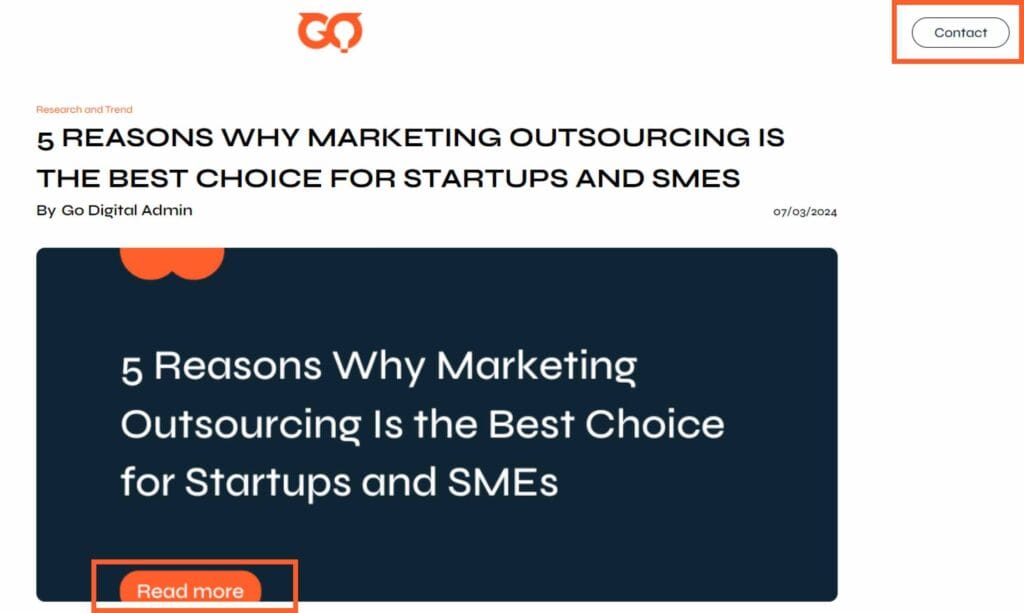
5. Host webinars or join industry live events
Webinars and live events are great tools for engaging with your audience, engaging with the SaaS community, and demonstrating your expertise. These events provide valuable opportunities to interact with potential leads, answer their questions in real-time, and showcase the unique value of your product.
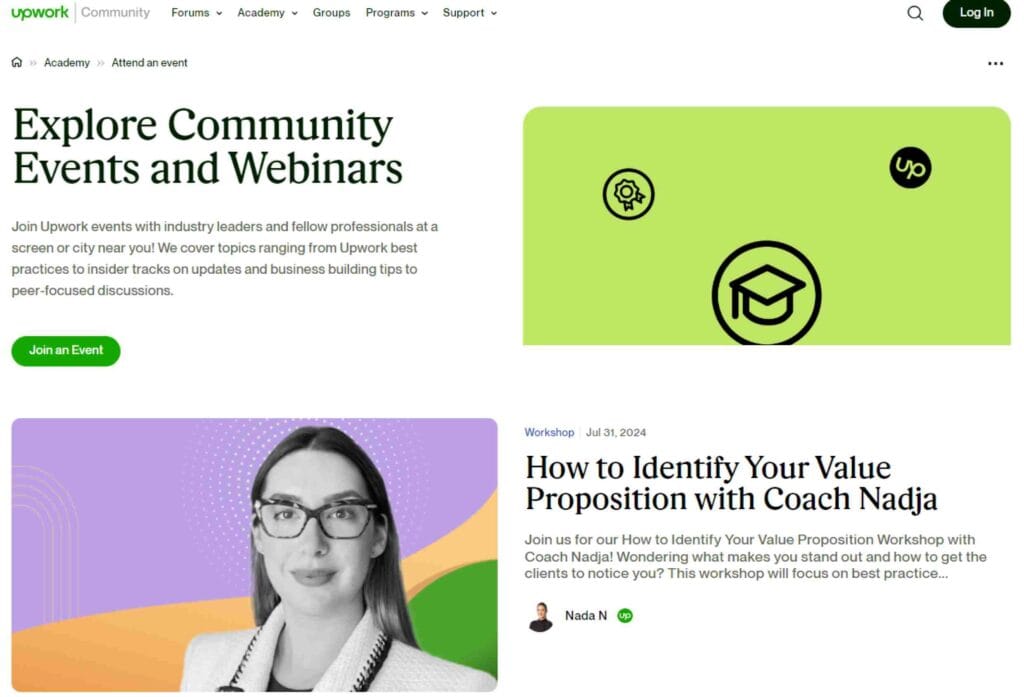
6. Build trust with case studies and testimonials
Case studies and testimonials are for building trust and credibility with your potential prospects and current leads. Showcase how your product has helped other customers achieve their goals. These stories provide social proof and can persuade potential leads to consider your product.
At GO Digital, we put the story of our clients’ successes to the spotlight. Our case studies delve into specific challenges and how our solutions deliver tangible results that bring our clients’ vision to reality. Have a look at our customer’s stories here.
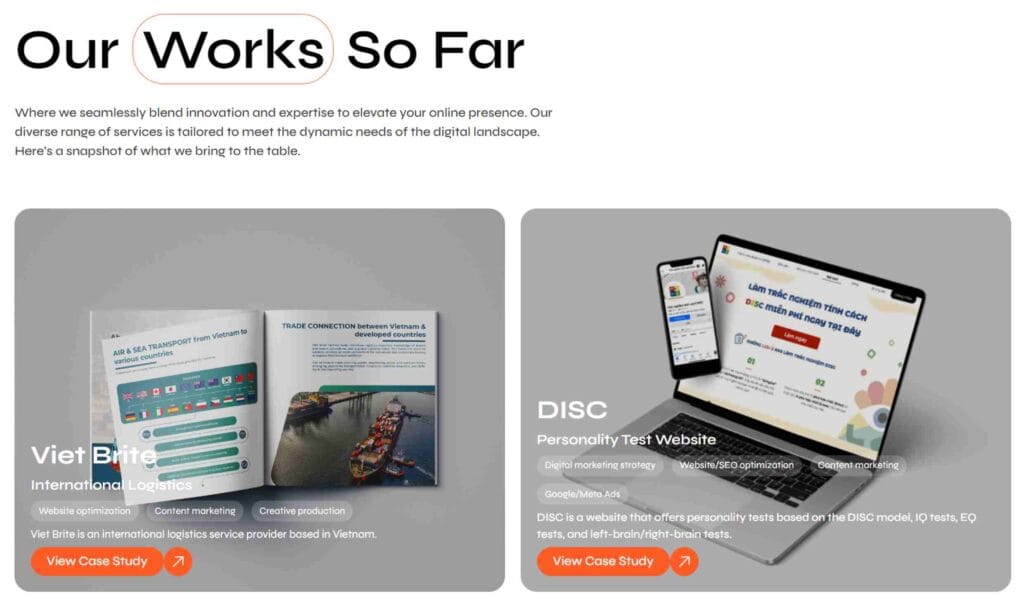
7. Develop an affiliate and referral program
Creating an affiliate and referral program can significantly boost your SaaS lead generation.
For the affiliate program, start by defining an attractive commission structure, such as a percentage of sales or a flat fee per lead. Equip your affiliates with marketing materials like banners, email templates, and social media posts. Structure attractive commission plans and provide affiliates with essential tools.
Recommended tools: Use a platform like ShareASale or Refersion to manage the program efficiently.
For the referral program, offer enticing rewards like discounts, free services, or cash incentives to motivate your customers and partners. Promote the program widely and simplify the process with unique referral links. Track performance closely and appreciate top referrers to keep the momentum going.
Recommended tools: Use referral tracking software like ReferralCandy to monitor success and gather data.
8. Offer free trials or demos of your product
Free trials and demos allow potential leads to experience your product firsthand. This hands-on approach can significantly increase conversion rates by demonstrating the value and usability of your product.
9. Form co-marketing partnerships with other businesses
Co-marketing partnerships involve collaborating with other businesses to reach a wider audience. Partner with companies that offer complementary products or services to create joint marketing campaigns that benefit both parties.
10. Deploy chatbots on websites and software
Chatbots provide instant assistance to website visitors and can capture leads by answering questions and guiding users through the sales funnel. Implement chatbots to enhance customer experience and streamline lead generation.
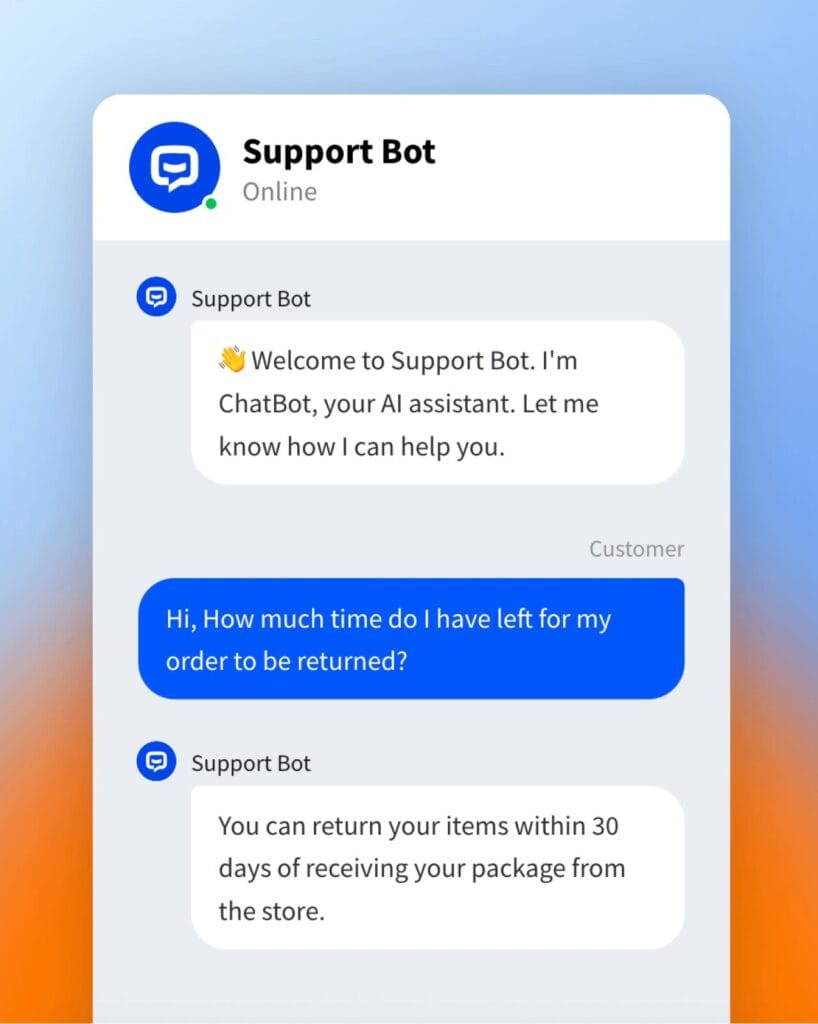
11. Optimize landing pages
Landing pages are crucial for converting visitors into leads. Ensure your landing pages are optimized with clear messaging, compelling calls-to-action, and easy-to-complete forms. A/B testing can help identify the most effective elements for conversion.
12. Build growth loops to automate lead generation
Growth loops are self-sustaining processes that continuously generate leads fueled by your own prospects and values.
For example, as for Y Combinator, the prestige attracts investments into its startups, enhances their network, and motivates more startups to apply. This loop sustains itself as long as Y Combinator continues to provide valuable advice and networking opportunities.
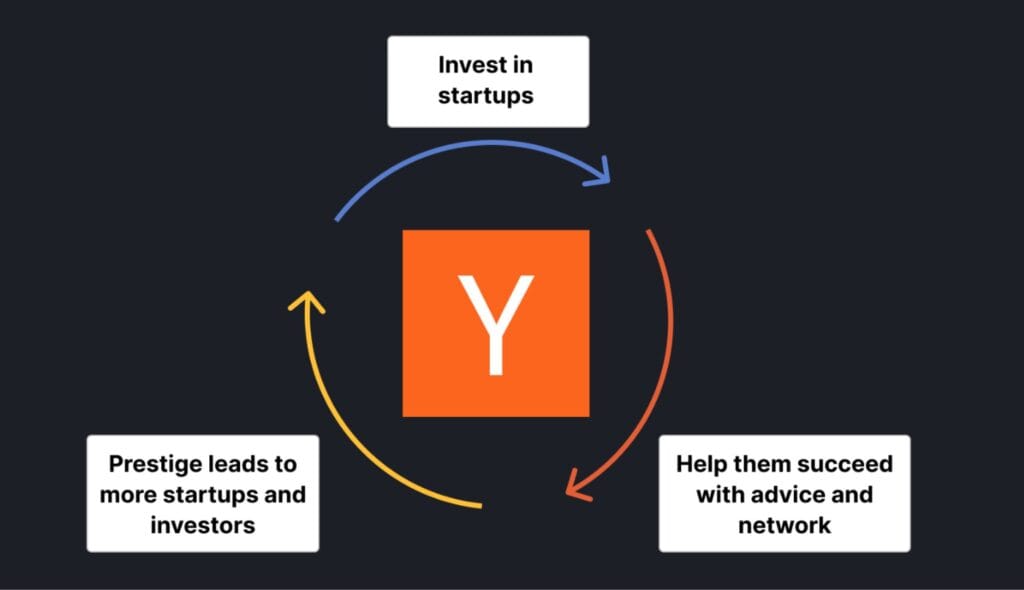
How To Build a Lead Generation Strategy for SaaS?
To build a lead generation strategy for SaaS, start by setting clear goals that match your business objectives. Research and identify your target audience to tailor your approach to their needs and behaviors.
Organize your efforts with marketing campaigns and a calendar for consistent outreach. Measure your success by tracking key metrics and adjust your strategy based on the data to keep improving your results.
Here’s a template on lead generation strategy:
| 🎯30-60-90 Days Lead Generation Strategy (Template) Company: [Your Company Name] Time Period: [Start Date] – [End Date] Target Audience Ideal Customer Profile (ICP): Demographics: [Age, gender, location, income, etc.] Firmographics: [Industry, company size, revenue, etc.] Pain Points: [Key challenges or problems faced by the target audience] Customer Journey: Awareness Stage: [How customers become aware of your product/service] Consideration Stage: [Factors influencing their decision to consider your product/service] Decision Stage: [Factors leading to the purchase decision] SEO and Content Marketing Content Calendar:[Month] – [Topic] – [Content Type] – [Target Audience] Lead Magnets:[Offer Name] – [Content Type] – [Target Audience] Distribution Channels: [Social media, email, website, etc.] Social MediaPlatform Focus: [LinkedIn, Facebook, Twitter, Instagram, etc.] Content Strategy: [Type of content to share, frequency, and engagement tactics] Paid Advertising: [Platforms, targeting, ad formats, budget] Email Marketing Email List Segmentation: [Criteria for segmenting email lists] Email Campaign Calendar:[Date] – [Campaign Name] – [Target Audience] – [Goal] Email Templates: [Subject lines, email content examples] Paid Advertising Platform Focus: [Google Ads, Facebook Ads, LinkedIn Ads, etc.] Ad Campaigns:[Campaign Name] – [Target Audience] – [Ad Format] – [Goal] – [Budget] Landing Page Optimization: [Key elements for high-converting landing pages] Partnerships and Referrals Potential Partners: [List of potential partners] Referral Program: [Incentives, referral process, tracking] Analytics and Optimization Key Metrics: [Website traffic, conversion rates, customer acquisition cost, etc.] Tracking Tools: [Google Analytics, CRM, etc.] A/B Testing: [Potential areas for testing] Additional Considerations Budget Allocation: [Breakdown of budget for each marketing channel] Team Responsibilities: [Who is responsible for each aspect of the strategy] Timeline: [Milestones and deadlines for each phase] Report & Feedback: [Daily, Weekly, Bi-weekly, Monthly, etc.] |
(*) Remember to adapt this template to fit your specific business and goals. Continuously monitor and adjust your strategy based on performance data.
“Why Am I Not Getting Leads For My SaaS?”
Are you targeting the right audience? Without a clear understanding of your ideal customer, even the best campaigns might fail. Conduct thorough market research and create detailed customer profiles to ensure your messaging hits the mark.
Additionally, are your goals realistic? If yes, take a step back from your current plan, evaluate and reset your goals using S.M.A.R.T. (specific, measurable, attainable, realistic, and timely) framework Overestimating your potential without considering factors like budget and reach can derail your efforts.
Is your buyer’s journey well-defined? Without mapping out the process from initial contact to conversion, leads can go cold. A structured buyer’s journey helps predict customer reactions and guide them effectively through the sales funnel.
Consider your website’s performance. Is it slow or hard to navigate? A poorly optimized website can deter potential leads. Ensure your site is fast, mobile-friendly, and easy to use, with clear calls-to-action
Lastly, is there alignment between your sales and marketing teams? Misalignment can lead to poor communication and inefficiencies. Constant communication and goal alignment between these departments are essential for improving lead quality and conversion rates.
The Next Steps
After implementing your strategy on SaaS lead generation, the next steps are crucial for converting those leads into customers. Begin by qualifying your prospects to ensure they are a good fit for your product, using criteria like budget, authority, need, and timeline (BANT).
Once qualified, move to the pitch, presentation, and demo stage. Tailor your pitch to address the specific pain points and needs of the prospect, and use detailed presentations and live demos to showcase the value and solutions your SaaS product offers. We hope this article has been helpful for you. Be sure to stay tuned on GO Digital’s Blog for more insights and news!


